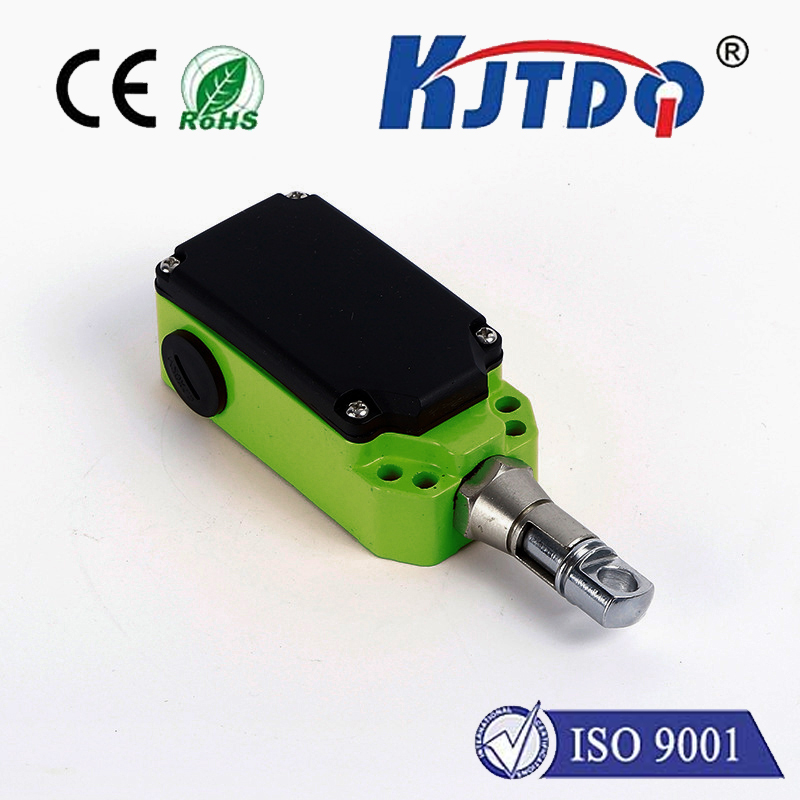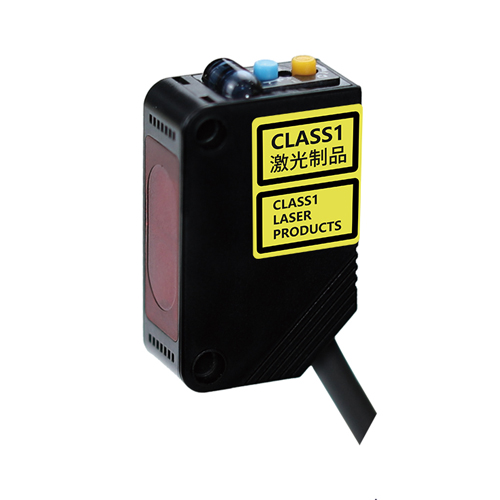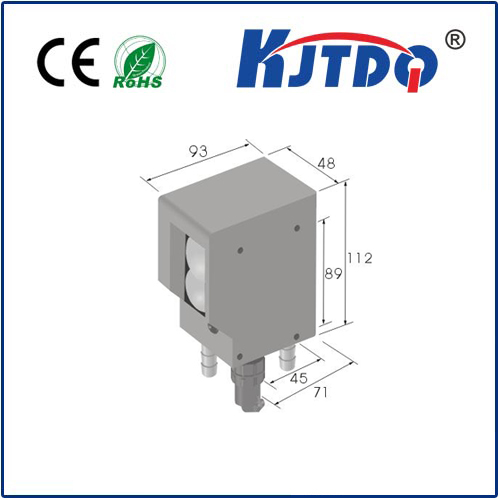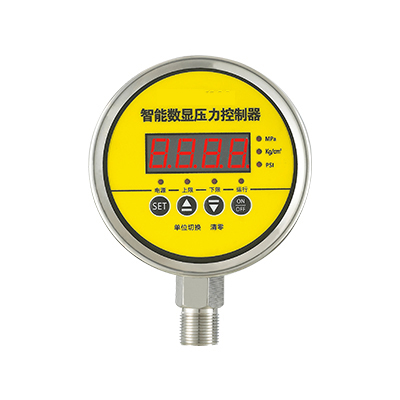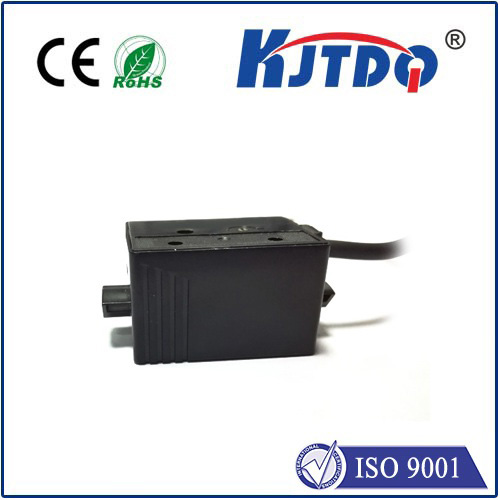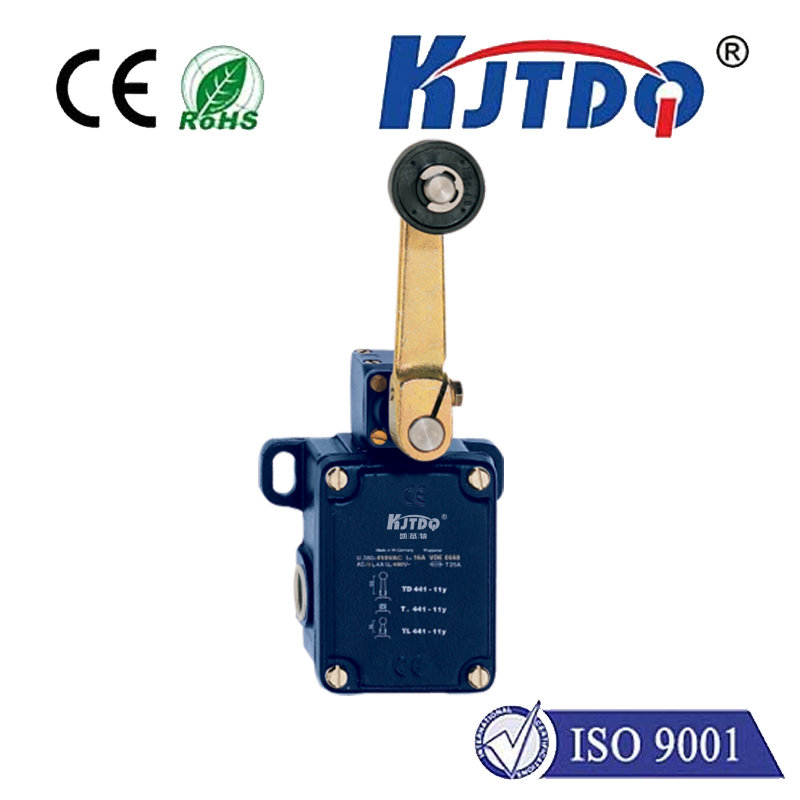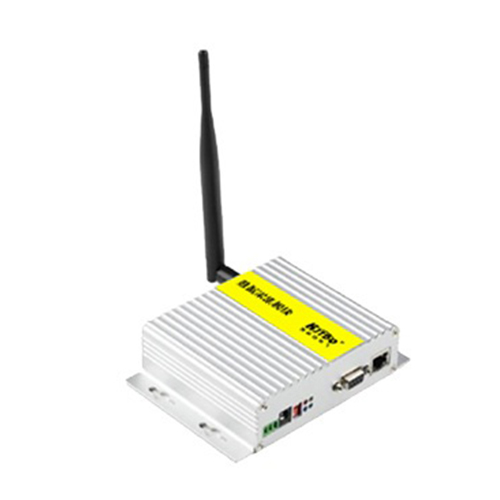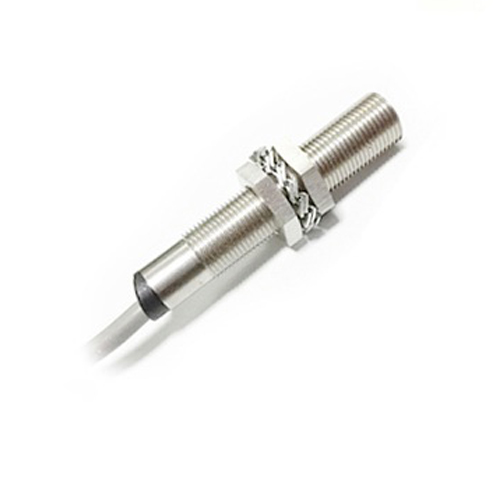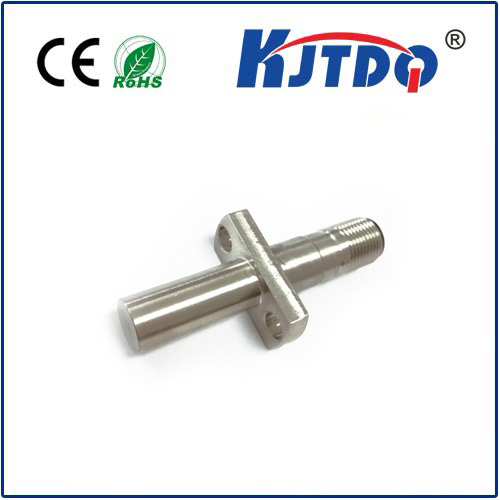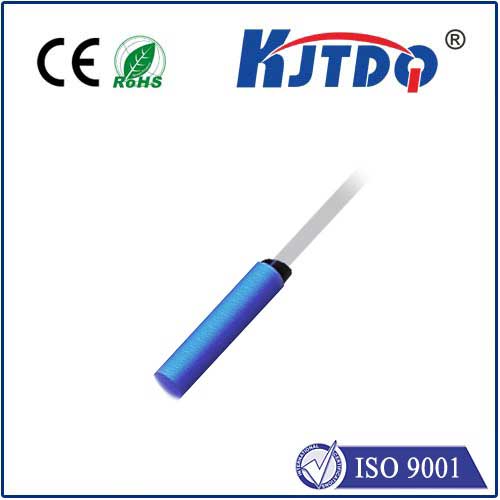

check

check

check

check

check

check

check

check

check

check
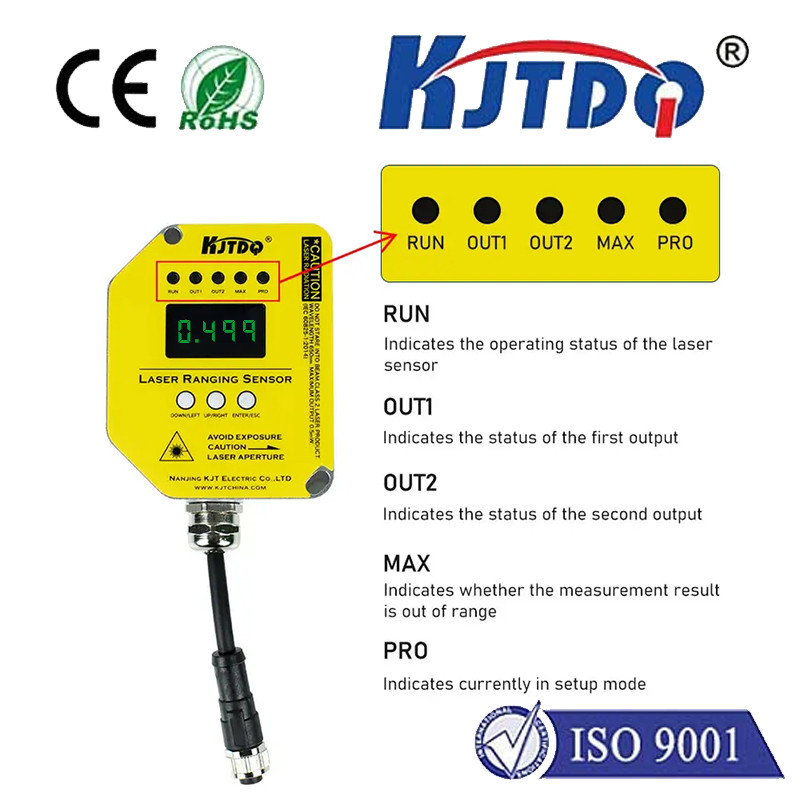
A ranging sensor is a sensor device used to measure the distance or position between an object and the sensor. This sensor implements distance measurement through various technologies and principles to obtain spatial information between the target object and the sensor. Ranging sensors play an important role in a variety of applications, including automation, robotics, surveying, navigation, obstacle avoidance, safety monitoring, etc.
Here are some common ranging sensor types and how they work:
Ultrasonic distance sensor: Ultrasonic sensors use ultrasonic pulses to calculate distance by sending a sound wave signal and measuring its return time. They are very effective at measuring the position of objects at short to medium distance ranges and are commonly used in obstacle avoidance systems and ranging applications.
Laser ranging sensor: A laser ranging sensor uses a laser beam to determine distance by measuring the time of flight of the beam or the amplitude of the photoelectric signal. This type of sensor usually has high accuracy and is suitable for medium and long-distance measurements, so it is widely used in fields such as robotics, autonomous driving, and geographic information systems (GIS).
Infrared distance sensor: Infrared sensors use infrared light transmitters and receivers to measure the distance of objects. They are suitable for measurements at short to medium distances, for example reflective infrared sensors can be used for obstacle avoidance, close range detection and object detection.
Millimeter wave radar: Millimeter wave radar uses millimeter wave radio frequency signals to measure distance by measuring the reflection time and frequency shift of the signal. This technology is commonly used in autonomous vehicles, drones, security monitoring, and remote ranging applications.
Phase difference sensor: Phase difference sensor uses the phase difference of the waveform to calculate distance, and is usually used in high-precision ranging applications, such as surveying and engineering surveying.
Time-of-flight camera: A time-of-flight camera is a high-speed camera that measures distance by capturing the time it takes for light to travel. It is often used in 3D scanning and virtual reality applications. These ranging sensors find a wide range of uses in different application areas for measuring distances, acquiring spatial information and supporting a variety of automation and machine intelligence tasks. Sensor selection depends on the requirements of the specific application, including ranging range, accuracy, environmental conditions and cost.
